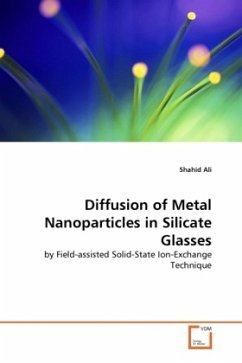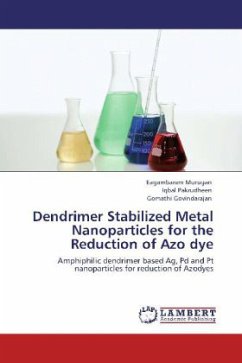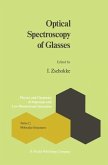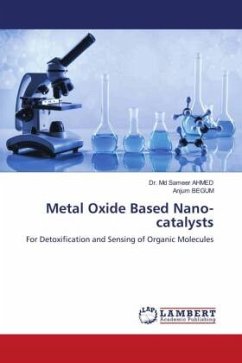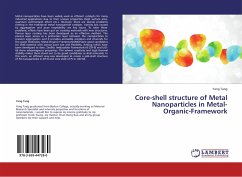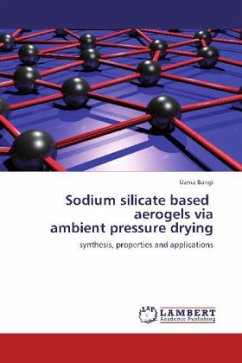To cater with the exploding demands for high transmission rates in telecommunications and broadband services, glass modification has innovated new ways for the fabrication of sophisticated optical components that can guide, amplify and process light signals. In this context, silicate glasses are doped with transition metals and rare-earths to exploit their peculiar optical properties and utilize them in the functional photonic and integrated devices. The two major techniques for glass doping are direct ion-implantation (DII) and thermal ion-exchange (TIE), both of which emerge with number of limitations. The DII results in shallow penetration, sputtering and damage to the local structure. Whereas, TIE is limited to the diffusion of monovalent cations only. Thus, to further the exploration of doping glasses with monovalent as well as multivalent ions, another technique is introduced. The field-assisted solid-state ion-exchange technique; less explored and even employed for the first time in some cases, is worked out for the successful diffusion of monovalent and multivalent ions with a homogeneous concentration profiles beyond the glass solubility limit in a non-precipitated state.
Bitte wählen Sie Ihr Anliegen aus.
Rechnungen
Retourenschein anfordern
Bestellstatus
Storno

